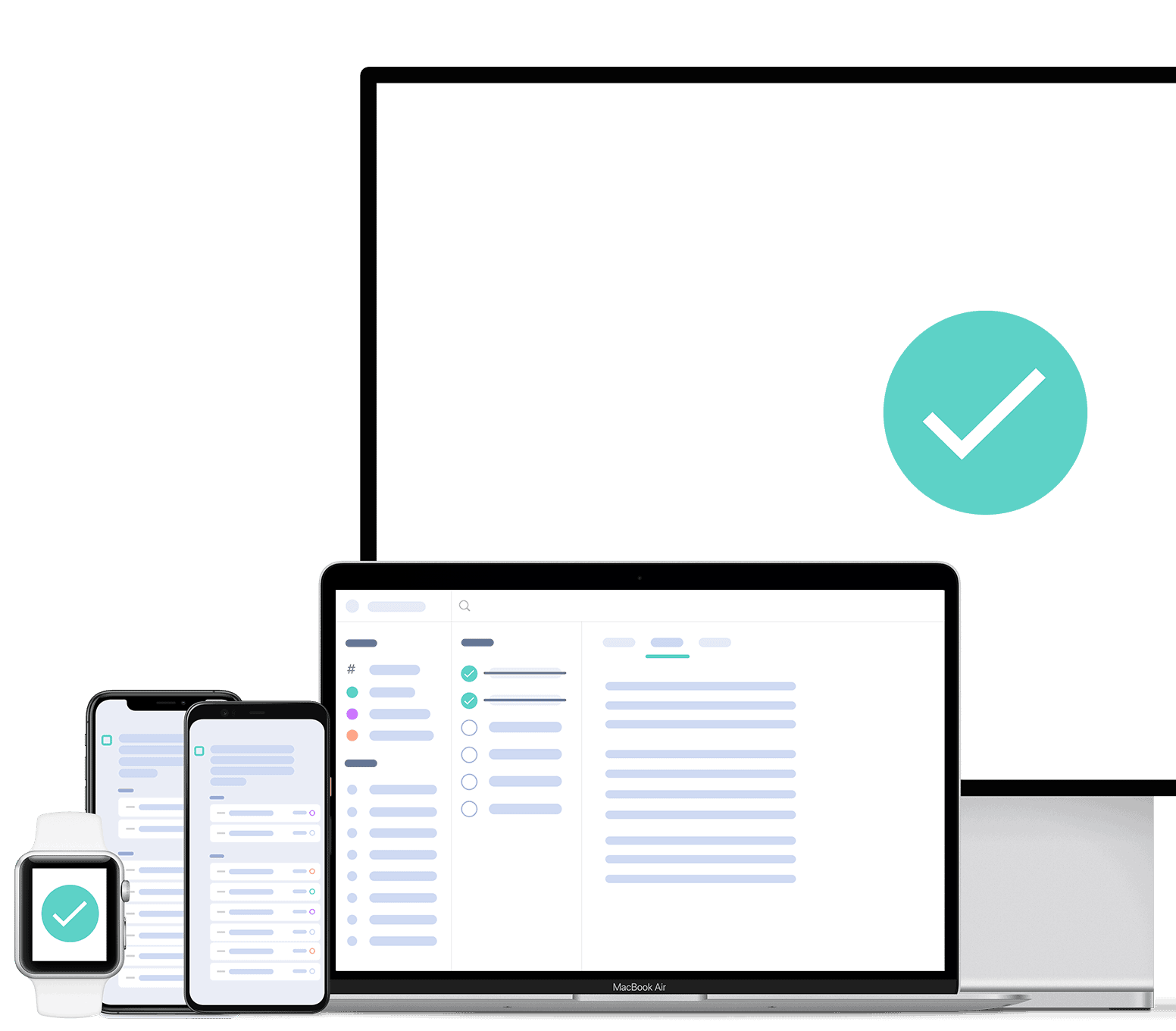The CATMAR
Project
Overview
…
The Need
Emissions from the international shipping in European waters have been increasing slowly despite maximum fuel sulphur levels being limited to 4.5% in 2008 and 3.5% since 2012, placing an enormous strain on the environmental.
The problem is attributed to the utilization of heavy oil (Heavy Fuel Oil, HFO) with ~ 3.5% by weight sulfur content.
Therefore, the industry urgently needs to implement changes to economic policy and decision-making criteria to address this issue and to safeguard the environment.
Challenges to be overcome
Sulphur Oxides (SOx), remarkably Sulphur Dioxides (SO₂), are emitted when fuels containing sulphur are combusted.
SO₂ emissions are of concern because of their potential harmful effects to human health and the environment.
Since a number of years attention at the European and global level has also focused on emissions from international shipping.
While European land based SO₂ emissions have been reduced significantly since the 1990’s, emissions from international shipping in European waters have been increasing slowly.
Current SO₂ emissions from international shipping in European waters represent about 25% of the total SO₂ emissions over the combined European Union’s land and sea areas.
The problem is attributed to the utilization of heavy oil (Heavy Fuel Oil, HFO) with ~ 3.5% by weight sulfur content.
The Project Summary
The main objective of the project is the development of a method, system and device applied in the shipping industry for reducing sulfur dioxide (SO₂) and converting it to elemental sulfur from gaseous internal combustion engine using Heavy Fuel Oil (HFO) with high sulfur content.
The completed method and device is estimated to have maximum selling price equal to 10% of the commercially available system today.
This will bring a disruptive innovation in the marine industry and at the same time cut off any discussion about increase of the fuel cost.
Providing an efficient solution for the SO₂ reduction in the marine industry
Boosting initially Cypriot and European marine and emission control catalyst markets.
Boosting YS catalysts company growth worldwide by being involved in the marine industry with a disruptive innovation.In five years after market introduction, YS Catalysts expects to have grown by 50% in personnel and achieve a total turnover of at least €2.7 mln after five years and a 0.3% market share of Cypriot and 0.02% of the relevant Greek market.
The introduction in the marine industry will promote the creation of job positions for young researchers in Cyprus in order i) to enhance their expertise in new knowledge activities and ii) reduce the brain drainesting
Services
Work Packages
How we are going to do it
WP1. Project Management
The main objective of this work package is to support all of the other WPs of the project. As well as to ensure the smooth running of the project, including project management, monitoring, coordinator and processing of all management issues.
WP2. Dissemination and Communication Activities
This WP targets to define strategies for the dissemination and the exploitation of the CATMAR project results in order to promote the developed technique and to ensure a widespread use and awareness of the developed project’s technology as widely as possible and to maximise exploitation opportunities for the partners.
WP3. R&D – Optimization of the catalyst and large scale testing performance
WP3 will make the optimization of the novel catalytic converter including the novel catalyst based on the maturity level provided above. After the completion of the optimization of the catalytic system a series of tests will be conducted in order to measure the performance of the applied system and confirm the preliminary results. These measurements include a) pressure drop b) catalyst performance (activity and stability).
WP4. Modelling of the procedure
This WP aims at modelling of the whole device and process in order to optimize the process.
WP5. Innovation – Large Scale Development and Validation
WP5 aims at the large scale development of the catalyst and the pilot application on real ship engine.
WP6. LCA Analysis
The LCA studies of production technologies and produced components will take place.
WP7. Activities for market penetration
WP7 aims at the activities for better and faster commercialization of the CATMAR solution including patenting and accreditation and developing a preliminary business model of the commercialization of the developed products.


